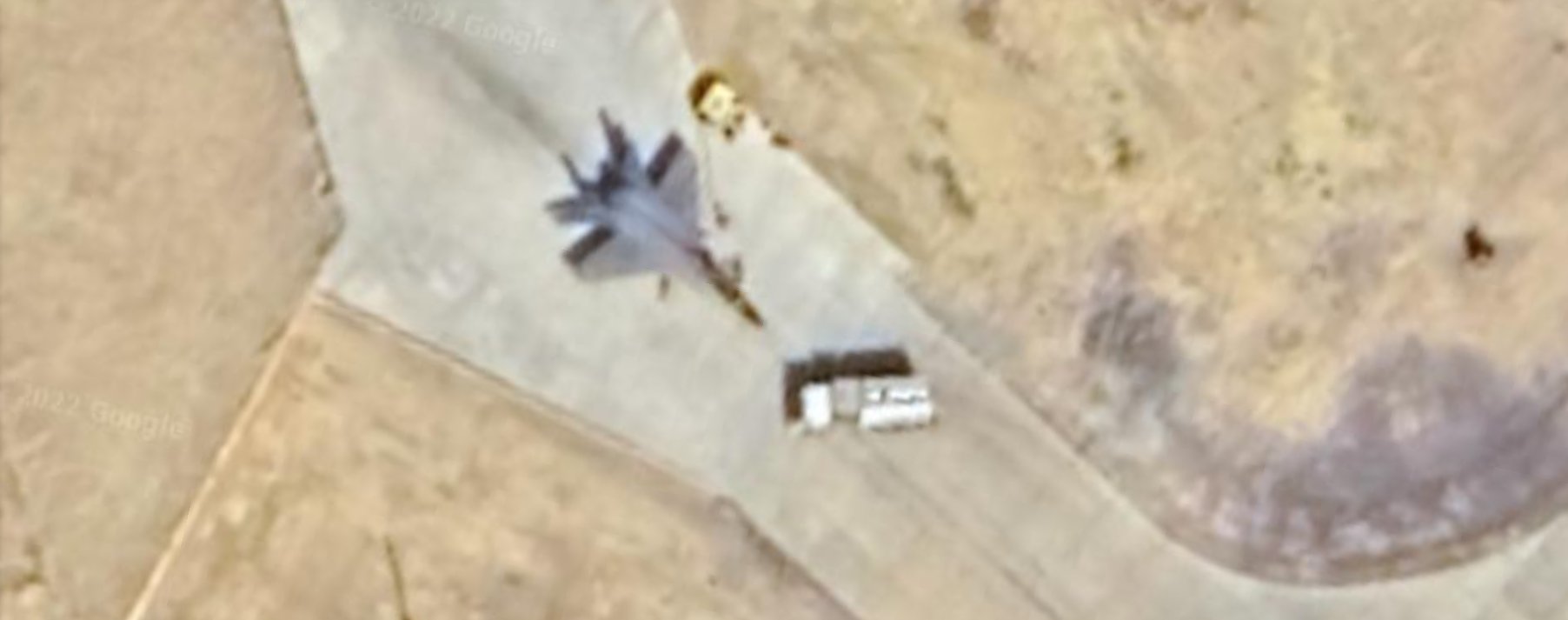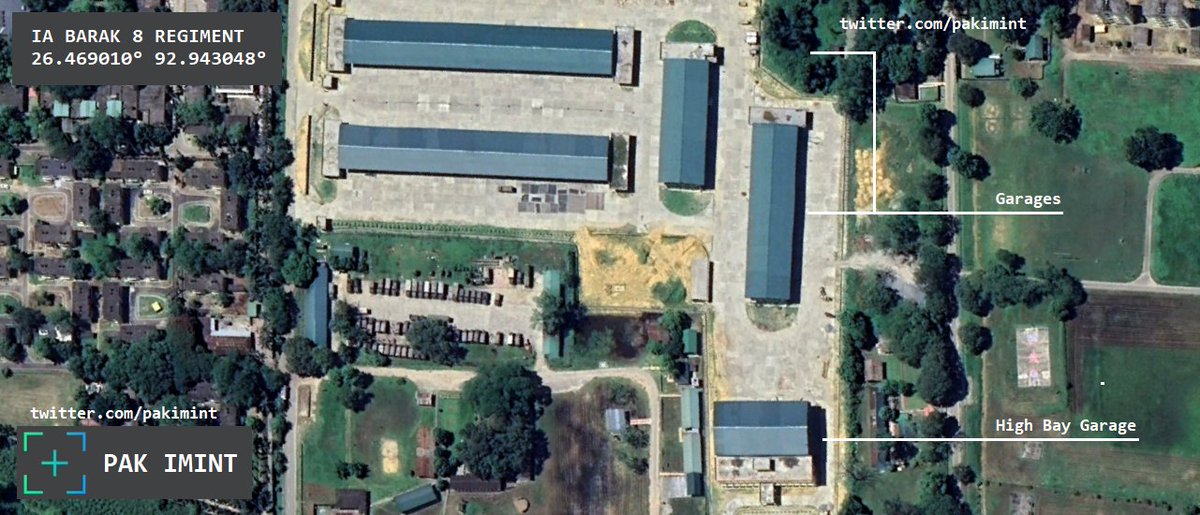How to install the app on iOS
Follow along with the video below to see how to install our site as a web app on your home screen.
Note: This feature may not be available in some browsers.
You are using an out of date browser. It may not display this or other websites correctly.
You should upgrade or use an alternative browser.
You should upgrade or use an alternative browser.
Indian Strategic Forces: Nuclear and Missile Facilities
- Thread starter ghazi52
- Start date
ghazi52
PDF THINK TANK: ANALYST

- Joined
- Mar 21, 2007
- Messages
- 101,792
- Reaction score
- 106
- Country
- Location
,..,.
U.S. Intelligence and the Indian Bomb Documents Show U.S. Intelligence Failed to Warn of India's Nuclear Tests Despite Tracking Nuclear Weapons Potential Since 1950s National Security Archive Electronic Briefing Book No. 187 For more information contact: Jeffrey Richelson, Editor 202/994-7000 Posted - April 13, 2006 |
|
ghazi52
PDF THINK TANK: ANALYST

- Joined
- Mar 21, 2007
- Messages
- 101,792
- Reaction score
- 106
- Country
- Location
,.,.,.,.
Overview of srinagar AFS
Legend
Red square: .........HASs
Blue squares:....... Aircraft shelters
Polygons: ..............Storage sites
Green circle: ..........Hangers
Blue circle:............. Radar site
Red Circle: ............SAM site

Overview of srinagar AFS
Legend
Red square: .........HASs
Blue squares:....... Aircraft shelters
Polygons: ..............Storage sites
Green circle: ..........Hangers
Blue circle:............. Radar site
Red Circle: ............SAM site

ghazi52
PDF THINK TANK: ANALYST

- Joined
- Mar 21, 2007
- Messages
- 101,792
- Reaction score
- 106
- Country
- Location
,..,
Nalia AFS is situated roughly 90 km from international border. Base holds 30 HASs and 5 aircraft shelters for fighter sized air crafts as well as 2 large hangers for larger air crafts. Typical brahmos storage (pic2) and barak8 site (pic3) are also visible.




https://twitter.com/SepticOsint
Nalia AFS is situated roughly 90 km from international border. Base holds 30 HASs and 5 aircraft shelters for fighter sized air crafts as well as 2 large hangers for larger air crafts. Typical brahmos storage (pic2) and barak8 site (pic3) are also visible.




https://twitter.com/SepticOsint
ghazi52
PDF THINK TANK: ANALYST

- Joined
- Mar 21, 2007
- Messages
- 101,792
- Reaction score
- 106
- Country
- Location
.,.,
Misa Cantt Home of 3341 Missile Brigade of Indian Army that operates Agni II MRBM & III IRBM.
There are hangers and launch sites hidden in the wooded area.
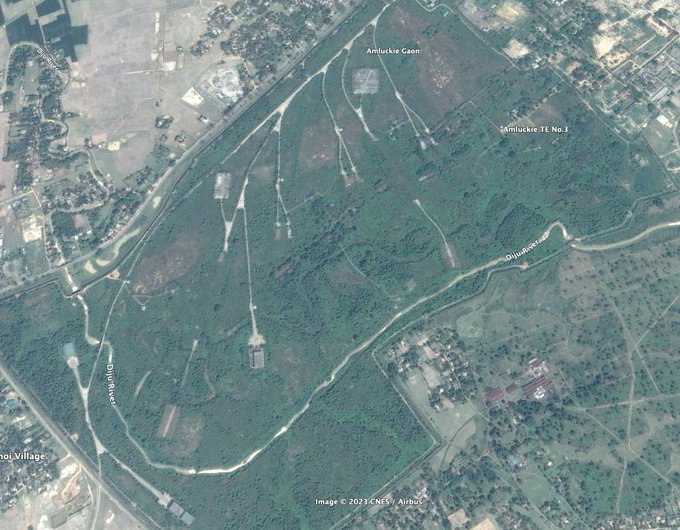
Barak 8 also known as LR-SAM or as MR-SAM at Bhuj AFS.
Bhuj is part of the South Western Air Command...
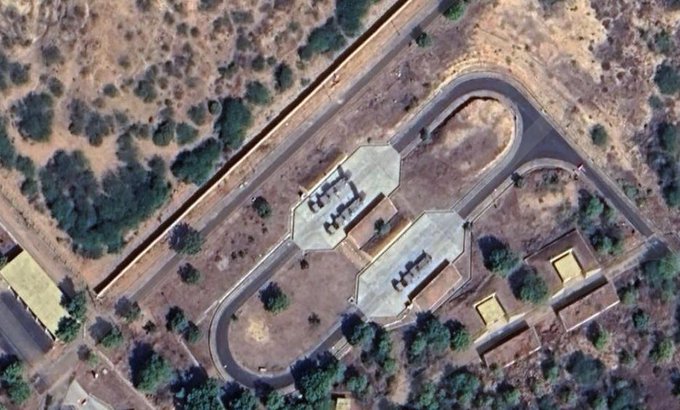
Misa Cantt Home of 3341 Missile Brigade of Indian Army that operates Agni II MRBM & III IRBM.
There are hangers and launch sites hidden in the wooded area.

Barak 8 also known as LR-SAM or as MR-SAM at Bhuj AFS.
Bhuj is part of the South Western Air Command...

ghazi52
PDF THINK TANK: ANALYST

- Joined
- Mar 21, 2007
- Messages
- 101,792
- Reaction score
- 106
- Country
- Location
Two banks of the River
FULL MEMBER

- Joined
- Apr 19, 2022
- Messages
- 664
- Reaction score
- -2
- Country
- Location
ghazi52
PDF THINK TANK: ANALYST

- Joined
- Mar 21, 2007
- Messages
- 101,792
- Reaction score
- 106
- Country
- Location
,.,.,.
Satellite Imagery of India's strategically important Naliya Airforce Station (airbase).Naliya AFS is roughly 90 km from Pakistan's Sir Creek.
It houses Indian Airforce's Su-30mki Fighter Aircrafts.S-125 Pechora SAM is also deployed on the airbase.
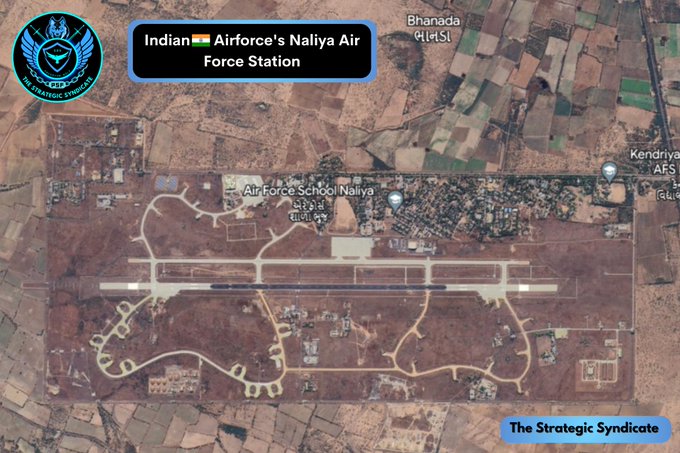



Satellite Imagery of India's strategically important Naliya Airforce Station (airbase).Naliya AFS is roughly 90 km from Pakistan's Sir Creek.
It houses Indian Airforce's Su-30mki Fighter Aircrafts.S-125 Pechora SAM is also deployed on the airbase.




ghazi52
PDF THINK TANK: ANALYST

- Joined
- Mar 21, 2007
- Messages
- 101,792
- Reaction score
- 106
- Country
- Location
,.,.,.
Satellite Imagery of India's Nal-Bikaner Airforce Station (airbase).Nal-Bikaner AFS is 110 km (approx) from Pakistan Border & almost 200 km from Bhawalpur.S-125 SAM is also deployed on the airbase while Mig-21s (probably retired now) & other aircrafts are also on airbase.


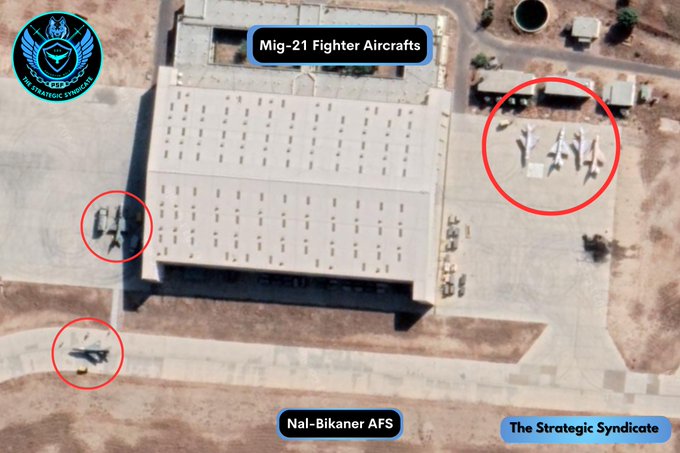

Satellite Imagery of India's Nal-Bikaner Airforce Station (airbase).Nal-Bikaner AFS is 110 km (approx) from Pakistan Border & almost 200 km from Bhawalpur.S-125 SAM is also deployed on the airbase while Mig-21s (probably retired now) & other aircrafts are also on airbase.




Similar threads
- Replies
- 11
- Views
- 1K
- Replies
- 4
- Views
- 960
- Replies
- 5
- Views
- 1K
- Replies
- 5
- Views
- 598



